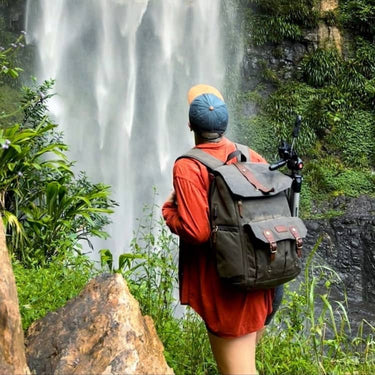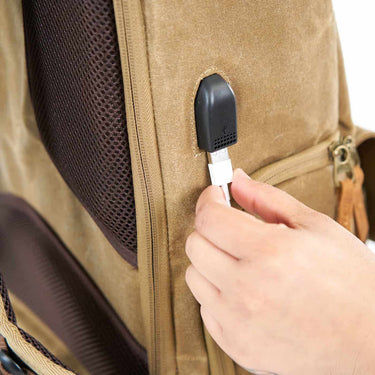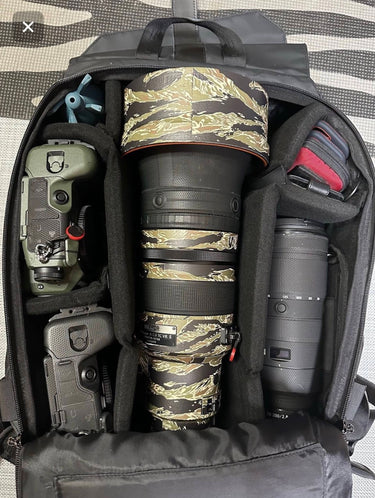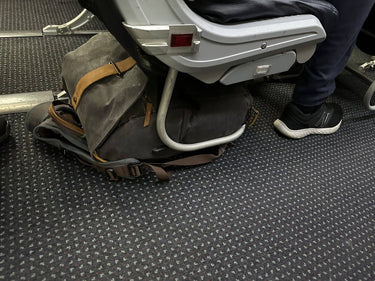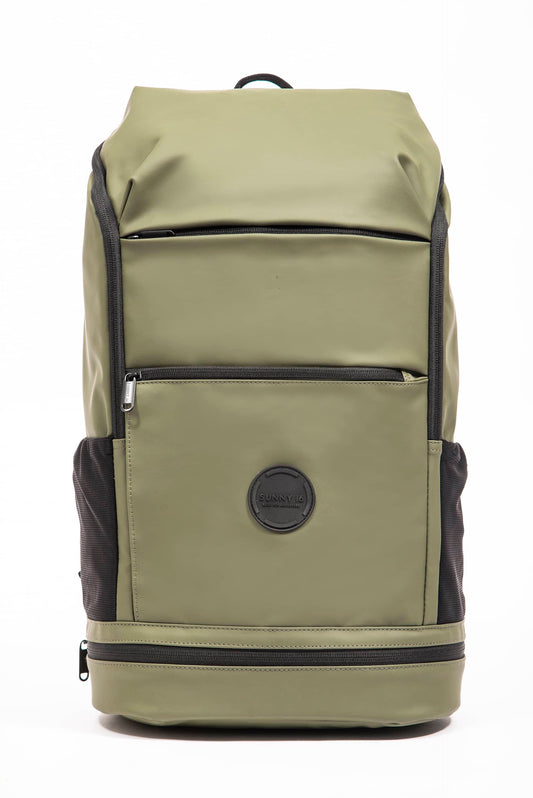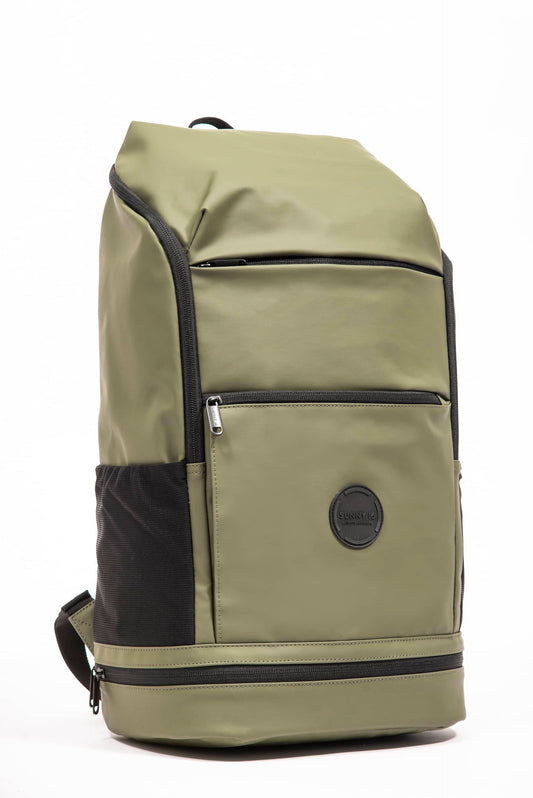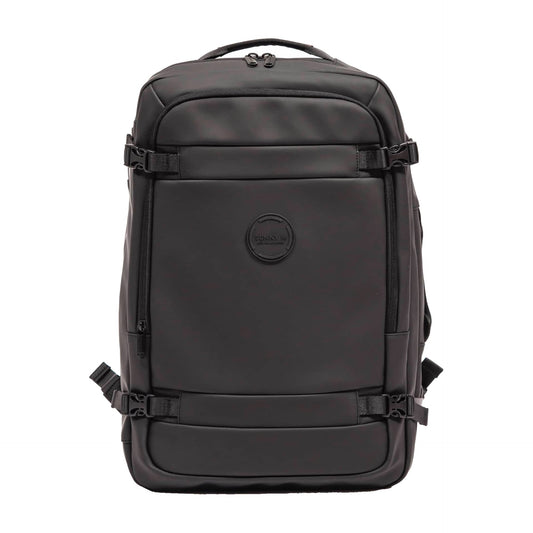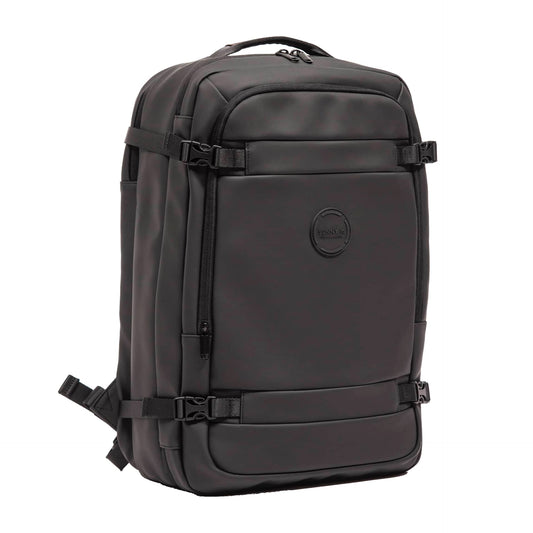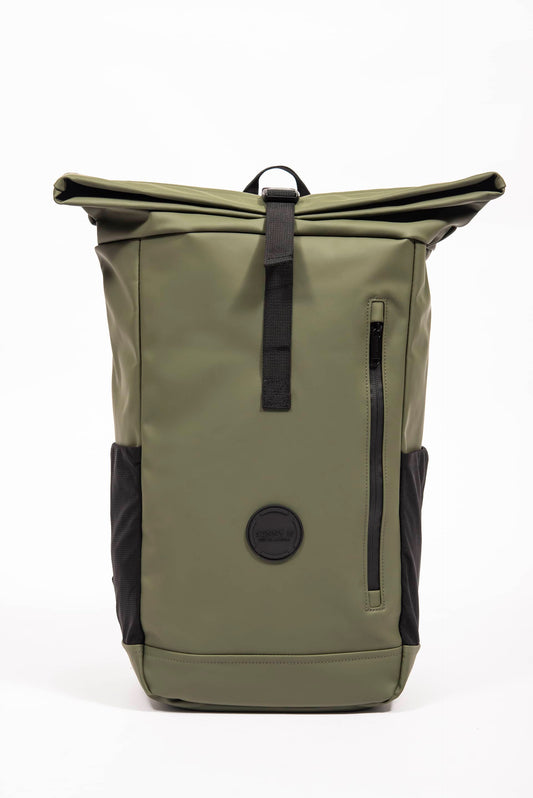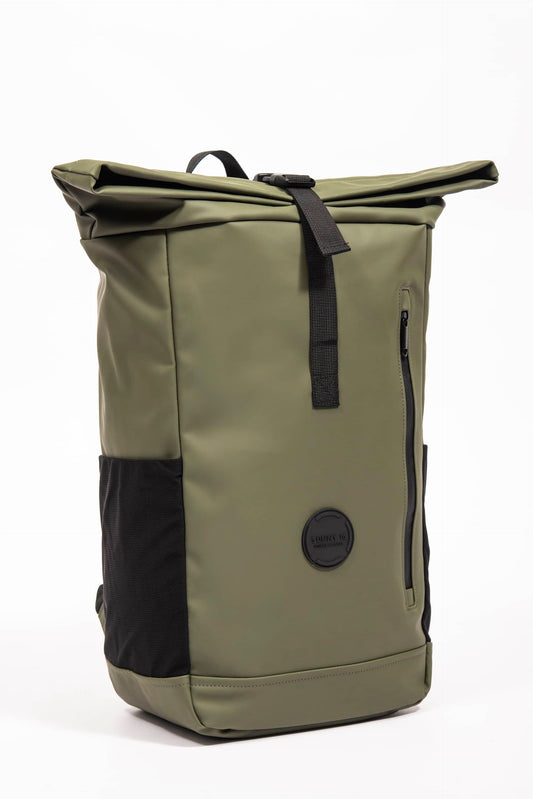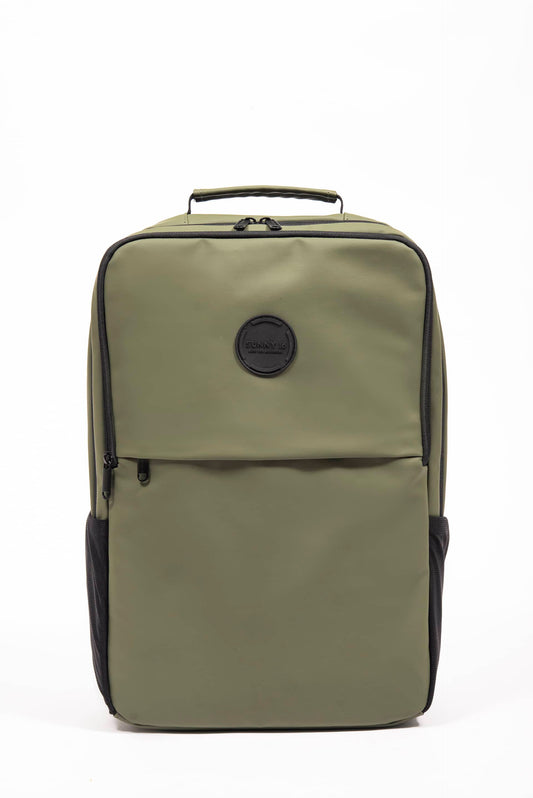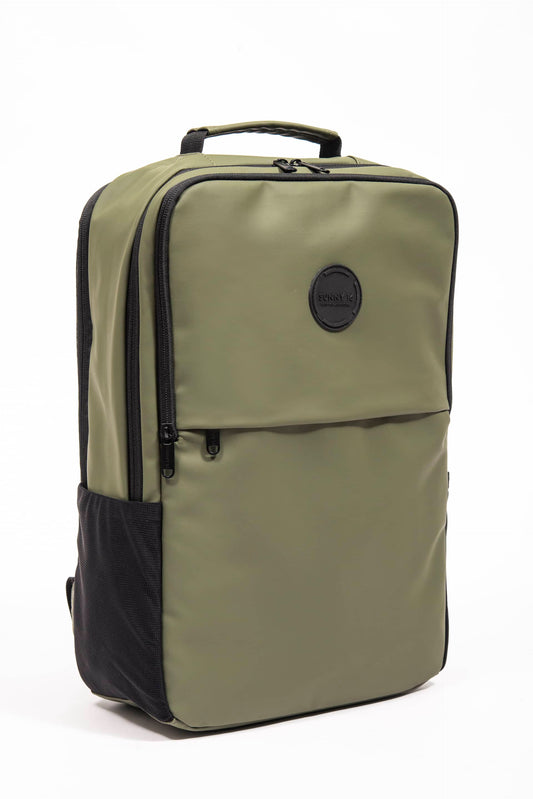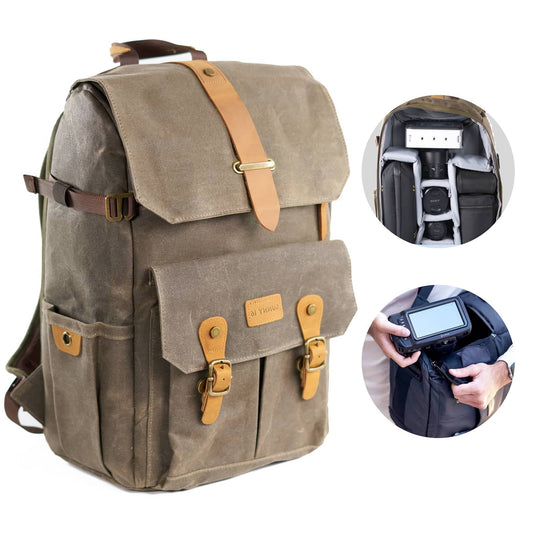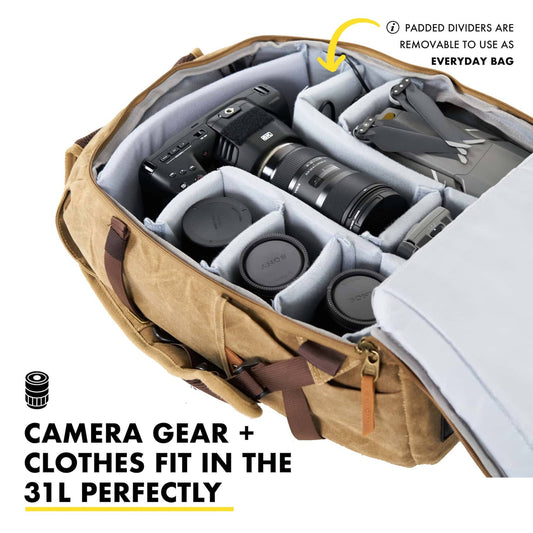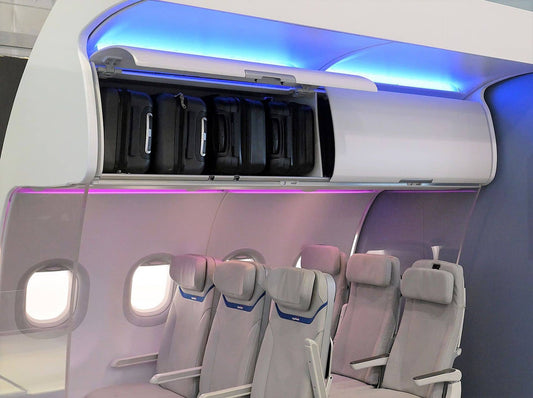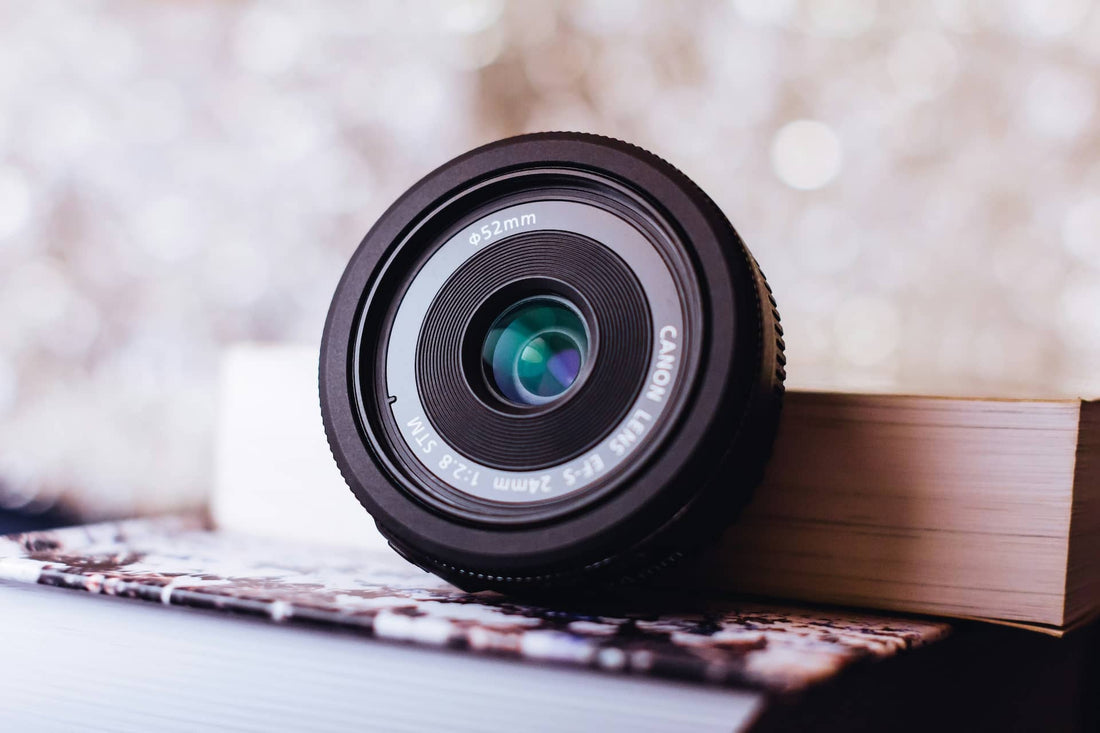
Widest Camera Lens
Share
Ever wondered how to capture breathtaking landscapes or fit an entire city skyline into a single frame? The secret lies in using the widest camera lens available. Whether you're a professional photographer or just love snapping wide-angle shots for fun, choosing the right lens or camera can completely transform your photos.
From DX cameras to bridge and compact models, I'll walk you through the top picks and answer burning questions like, What is the widest lens for a DX camera? and Which compact camera has the widest angle lens? Let’s dive in and explore everything you need to know!
What Makes a Wide Camera Lens Special?
Wide-angle lenses provide a unique perspective by capturing more of the scene in each shot. The key factor here is the field of view, which is significantly wider compared to standard lenses. This makes wide lenses ideal for landscape photography, architecture, and even creative portraits.
One essential consideration is the sensor size of your camera. Cameras with smaller sensors, like point-and-shoots or some bridge cameras, may require ultra-wide lenses to achieve the same field of view as larger sensor cameras.
When looking for the widest camera lens, consider factors such as:
- Zoom Range: Some lenses offer a versatile zoom range for greater shooting flexibility.
- Maximum Aperture: A bright aperture allows better low-light performance.
- Build Quality and Weather Sealing: Important for durability in challenging environments.
- Image Stabilization: Helps capture sharp images even when handheld.
Now let’s explore some of the best wide-angle options across different camera types.
What Is the Widest Lens for a DX Camera?
DX cameras, which have APS-C-sized sensors, offer plenty of great wide-angle lens options. Some of the best choices include:
- Nikon AF-P DX NIKKOR 10-20mm f/4.5-5.6G VR: With an impressive wide-angle range and image stabilization, this lens is perfect for landscapes and architecture.
- Tokina AT-X 11-20mm f/2.8 PRO DX: This lens has a bright aperture, which makes it great for low-light conditions.
The answer to what is the widest lens for a DX camera? often depends on your budget and shooting needs, but the above options are some of the best.
Which Bridge Camera Has the Widest Lens?
Bridge cameras are a fantastic choice for photographers who want the flexibility of a DSLR without the hassle of changing lenses. One thing I love about bridge cameras is that they often come with incredibly versatile built-in lenses.
Some popular options with wide-angle capabilities include:
- Sony RX10 IV: This camera features a 24mm equivalent wide-angle lens, perfect for landscape and travel photography.
- Panasonic Lumix FZ1000: With a 25mm equivalent wide-angle, this camera gives you a lot of creative freedom.
These cameras also come with impressive autofocus systems, burst shooting capabilities, and robust image stabilization, making them great for both stills and video.
So, which bridge camera has the widest lens? Models like the Sony RX10 IV and Panasonic Lumix FZ1000 are top contenders.
Which Compact Camera Has the Widest Angle Lens?
Compact cameras are perfect when you want something small and easy to carry. Despite their size, many of these cameras come with impressive wide-angle lenses.
Here are some excellent choices:
- Canon PowerShot G7 X Mark III: This compact camera has a 24mm equivalent wide-angle lens.
- Sony Cyber-shot RX100 VII: Another great option with a 24mm equivalent wide-angle lens.
Compact cameras are often lightweight, making them perfect for travel. Despite having smaller sensors, advancements in lens design allow them to deliver impressive wide-angle shots.
If you're wondering which compact camera has the widest angle lens, these models are fantastic picks.
Which Medium Format Camera Has the Widest Lens?
Medium format cameras are often used by professional photographers who need exceptional image quality. They also offer some of the widest lenses available.
Some top choices include:
- Fujifilm GF 23mm f/4 R LM WR: This lens is equivalent to 18mm on a full-frame camera.
- Hasselblad XCD 21mm f/4: This ultra-wide lens is perfect for capturing stunning landscapes.
Medium format cameras, while heavier due to their size and weight, offer unmatched image quality and wider image circles, making them ideal for high-resolution photography.
If you're asking which medium format camera has the widest lens, Fujifilm and Hasselblad have some impressive options.
Why Use the Widest Camera Lens?
When I first tried a wide-angle lens, I was blown away by how different my photos looked. Here are some reasons you might want to use one too:
- Capture More: Perfect for group photos, landscapes, and architecture.
- Creative Distortion: Adds a unique perspective to your shots.
- Better Depth: Creates a sense of depth that makes photos more engaging.
If you’re looking for a camera with widest angle lens, investing in a wide-angle lens or choosing a camera with built-in wide capabilities is a game-changer.
Tips for Shooting with the Widest Camera Lens
Using a wide-angle lens is different from using a standard lens. Here are some tips I’ve learned:
- Get Close: Don’t be afraid to move closer to your subject to create more dynamic shots.
- Mind the Edges: Watch out for distortion near the edges of the frame.
- Use Leading Lines: Look for lines that guide the viewer’s eye through the photo.
Also, consider the equivalent focal length when using different cameras, as sensor size affects the field of view.
Frequently Asked Questions
What Is the Widest Lens for a DX Camera?
The widest lens for a DX camera is typically around 10mm. The Nikon AF-P DX NIKKOR 10-20mm f/4.5-5.6G VR is a great choice.
Which Bridge Camera Has the Widest Lens?
The Sony RX10 IV and Panasonic Lumix FZ1000 are top picks, both offering wide-angle capabilities of around 24-25mm equivalent.
Which Compact Camera Has the Widest Angle Lens?
The Canon PowerShot G7 X Mark III and Sony Cyber-shot RX100 VII both feature 24mm equivalent wide-angle lenses.
Which Medium Format Camera Has the Widest Lens?
The Fujifilm GF 23mm f/4 R LM WR and Hasselblad XCD 21mm f/4 are some of the widest options available for medium format cameras.

